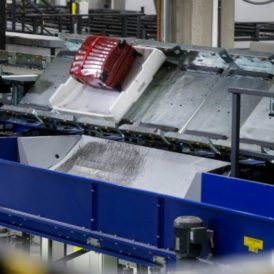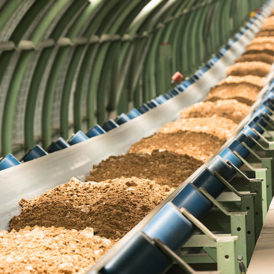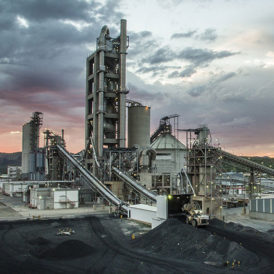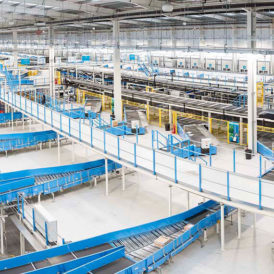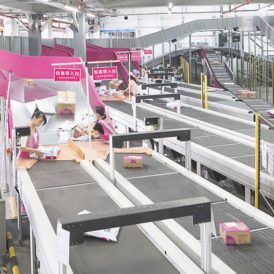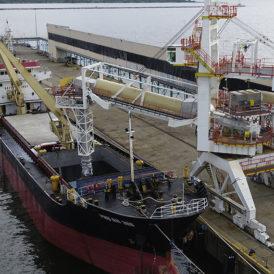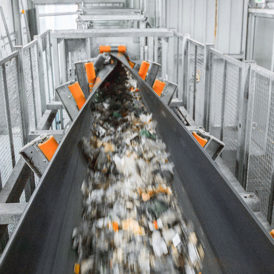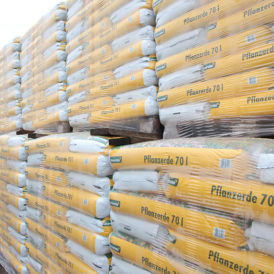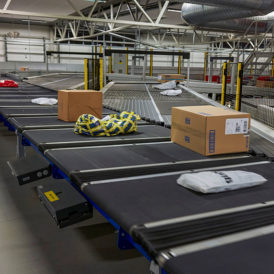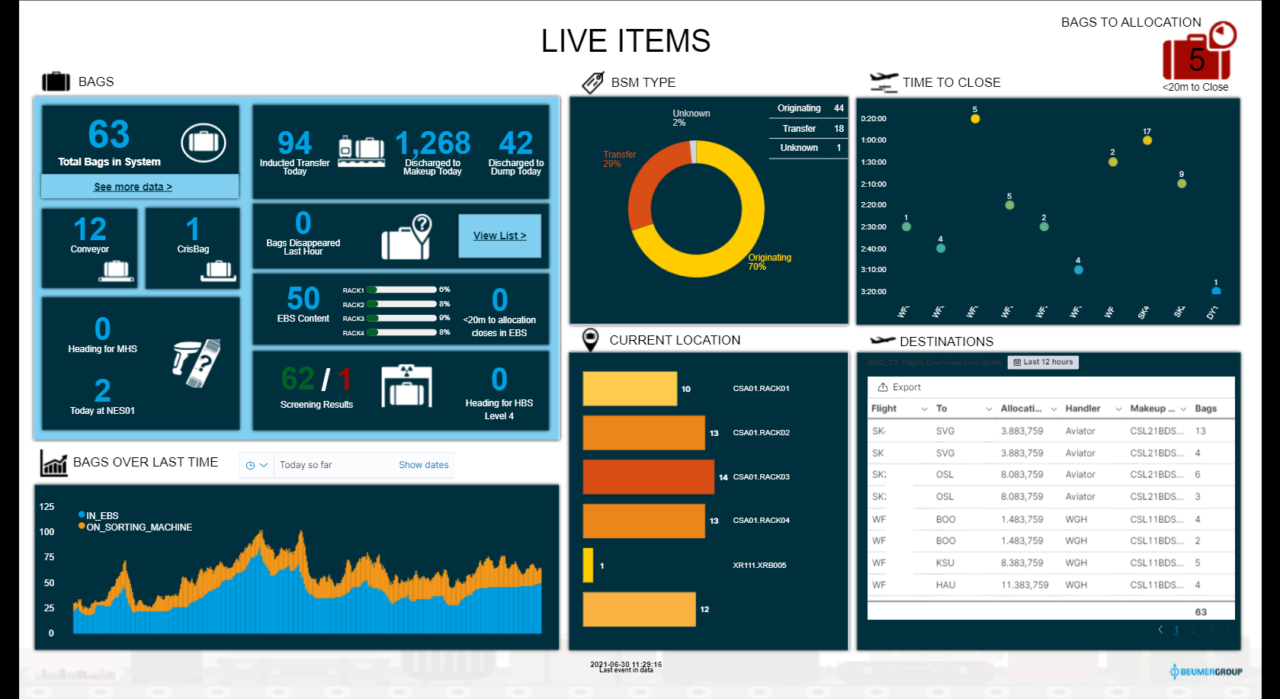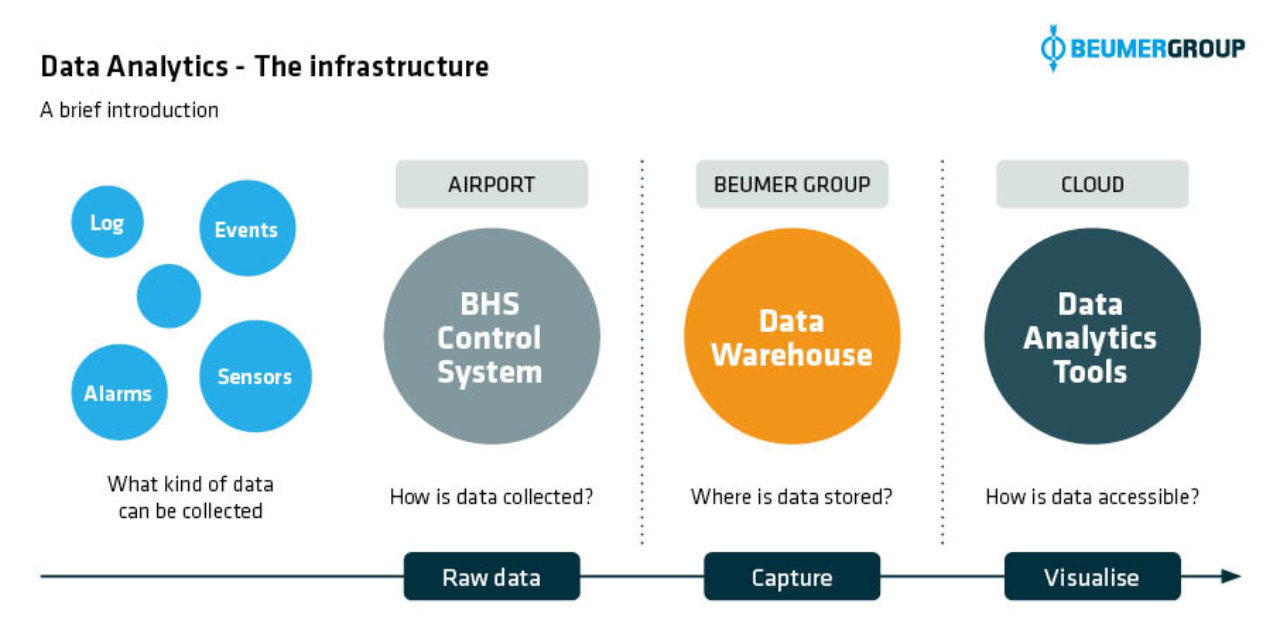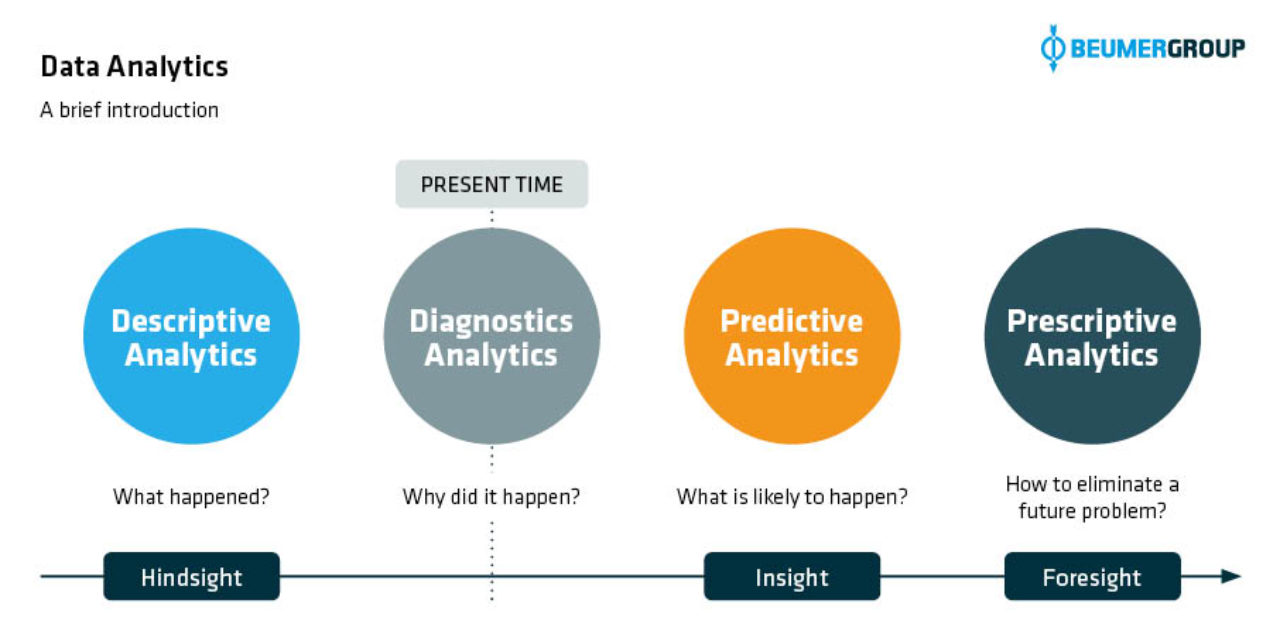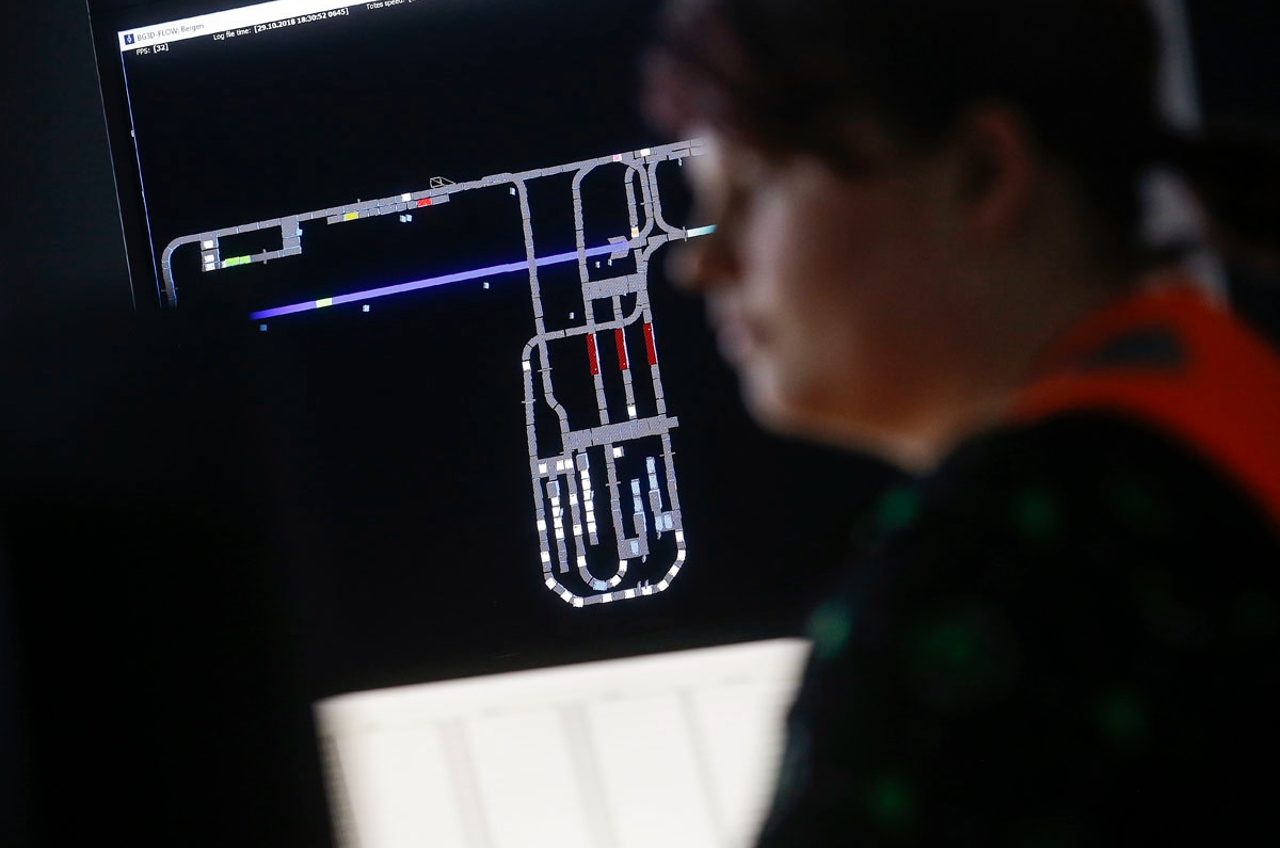The role of data analytics in optimising the BHS
With data analytics, airports can then start optimising their BHS maintenance, operations and management.
Data analytics can support predictive maintenance by highlighting the parts of the BHS most used and needing the most maintenance. Data can show real-time operational KPIs, such as the performance of different screening areas. And it can assist in seasonal benchmarking, forecasting of flow and resources planning. Data analytics can give insight into both the system’s general performance and specific performance areas, such as check-in and loading.
We can glean the possibilities data analytics can offer by looking at an international airport that has applied data analytics to optimise its BHS.
How an airport leverages its data to optimise its BHS
YYC Calgary International Airport (YYC) in Canada is a hub airport that saw traffic of more than 18 million passengers in 2019.
Improving maintenance through data analytics
YYC has applied machine learning algorithms to monitor its BHS alarm log files, through which it is now able to predict possible future problems within the system. Issues are detected before they become problems, including microstops that the human eye can’t spot. Specific elements of the system needing attention are now identified, directing the focus of maintenance staff and saving time. This proactive approach prevents many unwanted stops and ensures the system runs 100% of the time.
Improving operations through data analytics
Data is used to analyse baggage flow throughout the system and identify those areas requiring improvement. Specific data such as recirculating bags, manual encoding bags and mishandled bags are within 3D modelling, which enables a deeper understanding of how the flow and processes can be changed, improved and optimised.
